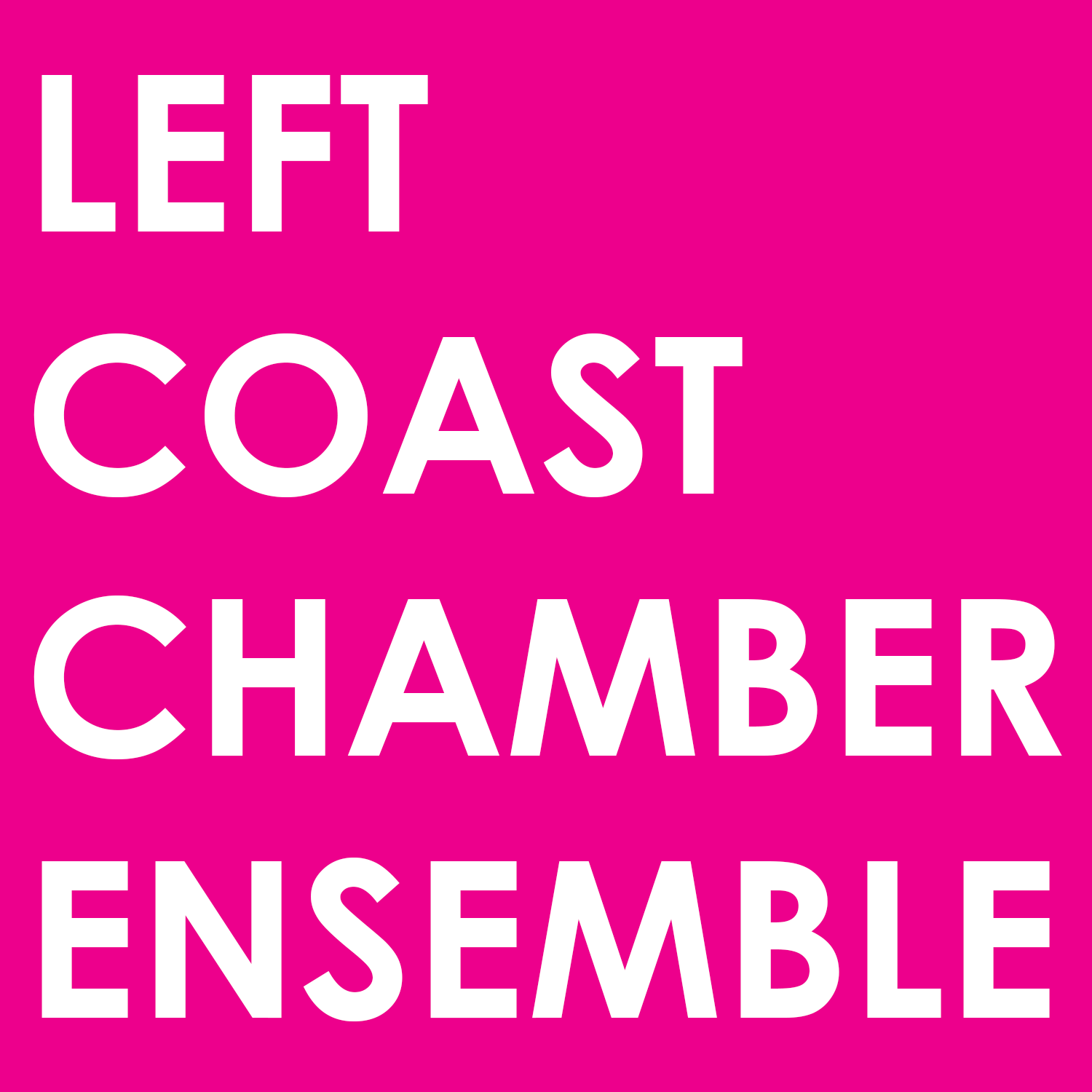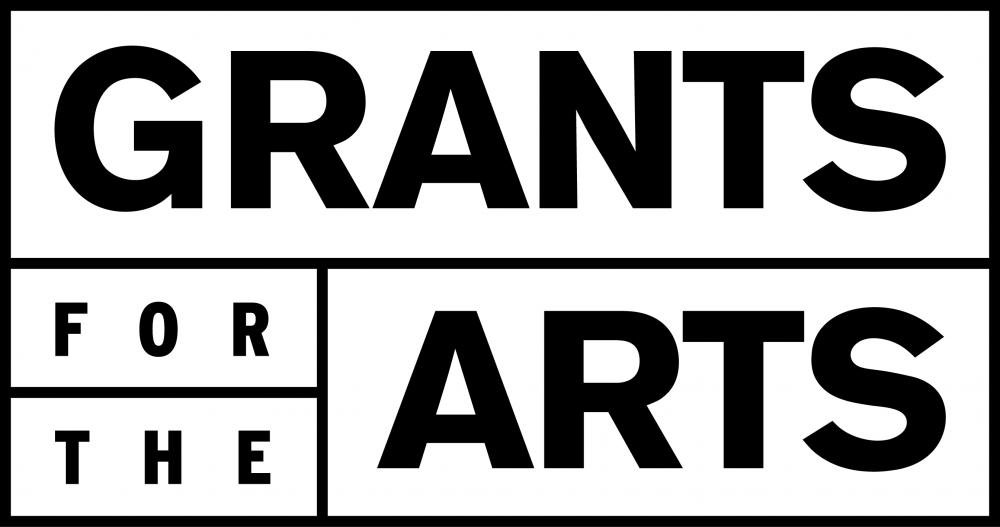Leighton Fong, Michael Taddei, Tanya Tomkins
Tanya Tomkins was attracted to early music. Leighton Fong, to contemporary music. Their paths never crossed until sixteen years ago when she heard him play at a Left Coast concert.
Yet they shared similar experiences (playing chamber music with members of their families, studying in Europe) and similar goals (neither was willing to specialize). Together they provide a breadth of music that gives Left Coast the freedom to program concerts spanning three centuries--from the late1600s to the early 2000s.
Leighton’s and Tanya’s families didn’t expect their children to become professional musicians. Leighton’s parents just thought playing music should be part of a child’s education. One of his two older sisters played the piano; the other, the clarinet and his brother, the clarinet and cello. When Leighton was nine, the public schools in Sacramento offered musical training to students in the fourth grade. He could have picked any instrument. He chose the cello because, “its sound resonated with him.”
Leighton and his sisters played chamber music together. It was “fun” and he “enjoyed playing with them.” He suspects that he might like playing chamber music as much as he does because it somehow “embodies his family’s spirit.” Of the four siblings, Leighton is the only one who became a professional musician. He never considered doing anything else.
Tanya’s mother played the piano and sang. Her father was a brilliant scientist and an accomplished jazz musician. He played classical music too. The clarinet, flute, saxophone and piano were his instruments. Like Leighton and his sisters, Tanya’s family played chamber music together. Tanya remembers, “always liking playing with other people. Chamber music is the most fun thing of all to do as a musician.”
The sound of the cello however, definitely didn’t “resonate” with Tanya. When she heard her older sister play the violin, she thought it was the “coolest thing she had ever seen or heard.” Her choice would have been the violin, but when she was eight she “succumbed to family pressure” and reluctantly completed the family’s chamber music ensemble by playing the cello.
Five years later Tanya’s father died unexpectedly. She was thirteen; her sister, seventeen. He never wanted his daughters to become professional musicians and instead had encouraged them to be, like he was, an amateur musician. After he died though, music gradually became more and more important for Tanya and by the time she went to college, being a musician and playing the cello seemed the “natural track to take.” (Her sister became a professional violist.)
Tanya and Leighton both studied music in California and Europe. Leighton attended the San Francisco Conservatory, the New England Conservatory, the Bern Conservatory in Switzerland, and the Royal Conservatory in Copenhagen, Denmark. Tanya attended the University of Southern California, the California Institute of Arts and the Royal Conservatory of Music in the Netherlands.
Leighton traveled to Europe for opportunity and adventure; Tanya, because she was determined to study with a particular teacher. Leighton’s teachers in the conservatories played and regarded new and old music equally. Young musicians were not encouraged to specialize in one or the other. Old or new it was “all music-making.” Leighton’s primary goal has always been to “engage the audience by playing expressively and creatively.”
Tanya went to Amsterdam after she heard a recording of Anner Bylsma playing the Brahms Clarinet Trio. He was considered the world’s best baroque cellist, but she didn’t know that. She liked the sound of the cello when he played it. She wrote to him and sent him recordings. When he didn’t respond, she flew to Amsterdam. She knocked on his door. When his wife told Tanya he was teaching at a festival in northern Italy, Tanya took the train there. She played Bach for him. And, although “she played Bach in a very romantic way,” he accepted her and said he would be her teacher in exchange for her babysitting his children. She accepted. She learn to play Bach in the baroque style, she became fluent in Dutch (Bylsma’s children could not speak English) and learned firsthand by living with the Bylsmas what the life of busy professional musicians is like. (Anner’s wife, Vera Beths, is a violinist.)
Like Leighton’s teachers, Byslma encouraged his students not to specialize. And, in spite of being “the world’s best baroque cellist,” he stressed the importance of playing contemporary music. He thought it was important to interact with living composers and experience how much creative leeway they’re willing to give players.
In 1998, Tanya moved back home to the Bay Area. She wasn’t sure if she would fit in with American chamber music groups after having played chamber music in Europe for so many years. Apparently, “American” chamber music playing can be louder and faster and is associated with excellent technique and “European” chamber music playing is more subtle and associated with greater nuance.
Totally by chance, the very first concert Tanya attended after returning was a Left Coast concert. Left Coast’s pianist and her then new boyfriend Eric Zivian invited her. She heard “subtle, beautiful playing that reminded her of the European style. She thought, “Oh, this would be fun. I would like to do this.”
She was delighted when Leighton invited her to share the position. And, he was happy when she accepted. To him, it seemed like the “natural thing to do.” Playing all the Left Coast concerts in one season entailed a lot of work --- many hours of practicing and rehearsing. Having a second cellist in the group would free up some of his time to do other things like playing in orchestras and teaching.
Each of them appreciates having another cellist in the group---someone else who deeply understands the instrument’s complexities and can help find workable solutions. For most cellists that kind of interaction usually exists only in orchestras. It’s rare for a chamber ensemble to have two cellists.
It’s even more rare to feature them playing together in three pieces. In the final concert of Left Coast’s 20th season, Tanya and Leighton collaborate to play old and new pieces: the oldest is by J. S. Bach, the newest contains electronic music and is by a living composer, Matt Schumaker, and the third is an unusual string quartet (in terms of personnel) written by Arensky in 1894 in “Memory of Tchaikovsky.” It’s a typical Left Coast program, showcasing both old and new music and everything in between. Truly, it’s hard to imagine a better match than the one existing between the Left Coast Chamber Ensemble and its two cellists.
Author: By Marilyn Zivian, Member, LCCE Board of Directors. Based on an interview with Tanya & Leighton in April 2013









